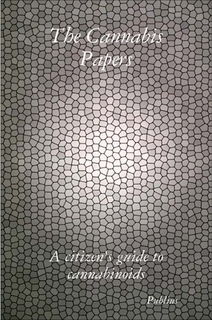 The Cannabis Papers (2011)
The Cannabis Papers (2011) The Cannabis Papers: A citizen’s guide to cannabinoids (2011)
By Publius
July’s science roundup looks at ten articles on how the cannabinoid system (CS) modulates our health and homeostasis. The line-up links to 2014 CS PubMed articles: three directly on homeostasis, two each on the central nervous, circulatory, and digestive systems, and one on the respiratory system and its natural cancer killer cells.
I. Respiratory System (Lung Cancer) and the CS
“Cannabinoids have been shown to promote the expression of the intercellular adhesion molecule 1 (ICAM-1) on lung cancer cells as part of their anti-invasive and antimetastatic action. … These findings provide proof for a novel antitumorigenic mechanism of cannabinoids.”
Cannabinoids Increase Lung Cancer Cell Lysis by Lymphokine-Activated Killer Cells Via Upregulation of ICAM-1.
Haustein M, Ramer R, Linnebacher M, Manda K, Hinz B.
Biochem Pharmacol. 2014 Jul 25. pii: S0006-2952(14)00420-1. doi: 10.1016/j.bcp.2014.07.014. [Epub ahead of print]
PMID: 25069049 [PubMed - as supplied by publisher]
Related citations
II. Homeostasis (PTSD-related Insomnia/Nightmares/Chronic Pain) and the CS
“Nabilone is a synthetic cannabinoid that has shown promise for the treatment of posttraumatic stress disorder (PTSD)-related insomnia and nightmares as well as efficacy in the management of chronic pain. … This retrospective study of 104 male inmates with serious mental illness prescribed nabilone analyzes the indications, efficacy, and safety of its use. … This study supports the promise of nabilone as a safe, effective treatment for concurrent disorders in seriously mentally ill correctional populations.”
Use of a Synthetic Cannabinoid in a Correctional Population for Posttraumatic Stress Disorder-Related Insomnia and Nightmares, Chronic Pain, Harm Reduction, and Other Indications: A Retrospective Evaluation.
Cameron C, Watson D, Robinson J.
J Clin Psychopharmacol. 2014 Jul 1. [Epub ahead of print]
PMID: 24987795 [PubMed - as supplied by publisher]
Related citations
III. Homeostasis (Strength Training and Pain Relief) and the CS
“Resistance exercise (RE) is also known as strength training, and it is performed to increase the strength and mass of muscles, bone strength, and metabolism. RE has been increasingly prescribed for pain relief. … The present study suggests that a single session of RE activates the endocannabinoid system to induce antinociception.”
Acute Resistance Exercise Induces Antinociception by Activation of the Endocannabinoid System in Rats.
Galdino G, Romero T, da Silva JF, Aguiar D, de Paula AM, Cruz J, Parrella C, Piscitelli F, Duarte I, Di Marzo V, Perez A.
Anesth Analg. 2014 Jun 26. [Epub ahead of print]
PMID: 24977916 [PubMed - as supplied by publisher]
Related citations
IV. Circulatory System (Tumor-to-Endothelial Cells) and the CS
“Cannabinoids inhibit tumor neovascularisation as part of their tumorregressive action. However, the underlying mechanism is still under debate. In the present study the impact of cannabinoids on potential tumor-to-endothelial cell communication conferring anti-angiogenesis was studied. … Collectively, our data suggest a pivotal role of the anti-angiogenic factor TIMP-1 in intercellular tumor-endothelial cell communication resulting in anti-angiogenic features of endothelial cells.”
Cannabinoids inhibit angiogenic capacities of Endothelial cells via release of Tissue inhibitor of matrix metalloproteinases-1 from lung cancer cells.
Ramer R, Fischer S, Haustein M, Manda K, Hinz B.
Biochem Pharmacol. 2014 Jun 26. pii: S0006-2952(14)00360-8. doi: 10.1016/j.bcp.2014.06.017. [Epub ahead of print]
PMID: 24976505 [PubMed - as supplied by publisher]
Related citations
V. Digestive System (Obesity, Diabetes) and GPR55 and the CS
“Cannabinoids are known to be important in controlling appetite and metabolic balance, and it is now emerging that GPR55 may have a role to play in energy homeostasis through the regulation of food intake, fuel storage in adipocytes, gut motility and insulin secretion. … Understanding the role of GPR55 in energy homeostasis may provide a novel target for therapeutic intervention in obesity and type 2 diabetes mellitus.”
GPR55: From orphan to metabolic regulator?
Liu B, Song S, Jones PM, Persaud SJ.
Pharmacol Ther. 2014 Jun 24. pii: S0163-7258(14)00124-7. doi: 10.1016/j.pharmthera.2014.06.007. [Epub ahead of print] Review.
PMID: 24972076 [PubMed - as supplied by publisher]
Related citations
VI. CNS, Heteromers(CB1-GPR55 this time) and the CS
“A further aim of the present paper was to check for cannabinoid CB1-GPR55 receptor heteromers in the central nervous system (CNS), specifically in striatum. … The results indicate not only that GPR55 is expressed in striatum but also that CB1 and GPR55 receptors form heteromers in this specific CNS region.”
CB1 and GPR55 receptors are co-expressed and form heteromers in rat and monkey striatum.
Martínez-Pinilla E, Reyes-Resina I, Oñatibia-Astibia A, Zamarbide M, Ricobaraza A, Navarro G, Moreno E, Dopeso-Reyes IG, Sierra S, Rico AJ, Roda E, Lanciego JL, Franco R.
Exp Neurol. 2014 Jun 23. pii: S0014-4886(14)00204-0. doi: 10.1016/j.expneurol.2014.06.017. [Epub ahead of print]
PMID: 24967683 [PubMed - as supplied by publisher]
Related citations
VII. Digestive System (Liver Cirrhosis / Ascites) and the CS
“Our study suggests that CB2R agonist have the potential to treat BT [bacterial translocation] and various relevant abnormalities through the inhibition of systemic/intestinal oxidative stress, inflammatory cytokines and TNFα releases in cirrhosis. Overall, chronic CB2R agonist treatment affects multiple approach mechanisms, and the direct effect on hyperdynamic circulation is only minor.”
Long-term cannabinoid type 2 receptor agonist therapy decreases Bacterial Translocation In Rats with cirrhosis and ascites.
Yang YY, Hsieh SL, Lee PC, Yeh YC, Lee KC, Hsieh YC, Wang YW, Lee TY, Huang YH, Chan CC, Lin HC.
J Hepatol. 2014 Jun 19. pii: S0168-8278(14)00411-5. doi: 10.1016/j.jhep.2014.05.049. [Epub ahead of print]
PMID: 24953022 [PubMed - as supplied by publisher]
Related citations
VIII. CNS (Alzheimer’s disease) and CS CB1
“The activity of CB1 cannabinoid receptors was studied in postmortem brain samples of Alzheimer's disease (AD) patients during clinical deterioration. CB1 activity was higher at earlier AD stages in limited hippocampal areas and internal layers of frontal cortex, but a decrease was observed at the advanced stages. The pattern of modification appears to indicate initial hyperactivity of the endocannabinoid system in brain areas that lack of classical histopathological markers at earlier stages of AD, indicating an attempt to compensate for the initial synaptic impairment, which is then surpassed by disease progression. These results suggest that initial CB1 stimulation might have therapeutic relevance.”
Type-1 Cannabinoid Receptor Activity During Alzheimer's Disease Progression.
Manuel I, de San Román EG, Giralt MT, Ferrer I, Rodríguez-Puertas R.
J Alzheimers Dis. 2014 Jun 19. [Epub ahead of print]
PMID: 24946872 [PubMed - as supplied by publisher]
Related citations
IX. Homeostasis Heterodimers: Bivalency of Orexin OX1 and CS CB1
“Cannabinoid CB1 and orexin OX1 receptors have been suggested to form heterodimers and oligomers. … Bivalent ligands targeting CB1-OX1 receptor dimers could be potentially useful as a tool for further exploring the roles of such heterodimers in vitro and in vivo.”
Toward the Development of Bivalent Ligand Probes of Cannabinoid CB1 and Orexin OX1 Receptor Heterodimers.
Perrey DA, Gilmour BP, Thomas BF, Zhang Y.
ACS Med Chem Lett. 2014 Mar 25;5(6):634-8. doi: 10.1021/ml4004759. eCollection 2014 Jun 12.
PMID: 24944734 [PubMed]
Related citations
X. Circulatory System (Anti-inflammation) and the CS CB2
“To observe a PPAR-alpha agonist effect of N-oleoylethanolamine (OEA) on CB2 (cannabinoid receptor 2), an anti-inflammatory receptor in vascular endothelial cell, healthy HUVECs and TNF-alpha induced HUVECs were used to establish a human vascular endothelial cell inflammatory model. … The anti-inflammation effect of OEA is induced by PPAR-alpha and CB2, suggesting that CB2 signaling could be a target for anti-atherosclerosis, OEA have wide effect in anti-inflammation, it may have better therapeutic potential in anti-inflammation in HUVECs, thus achieving anti-atherosclerosis effect.”
[Anti-atherosclerosis role of N-oleoylethanolamine in CB2].
Gai YT, Shu Q, Chen CX, Lai YL, Li WJ, Peng L, Lin LM, Jin X.
Yao Xue Xue Bao. 2014 Mar;49(3):316-21. Chinese.
PMID: 24961101 [PubMed - in process]
Related citations
~
Posted by Bryan W. Brickner
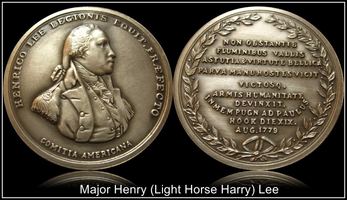
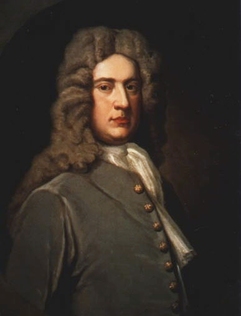
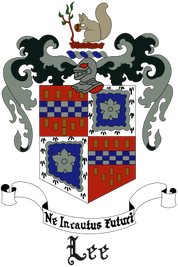
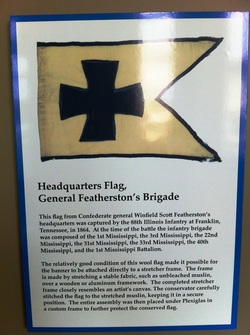
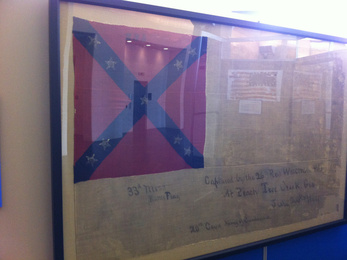
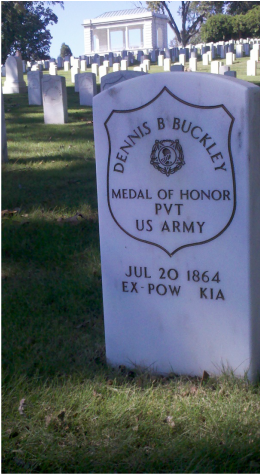
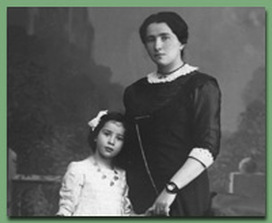
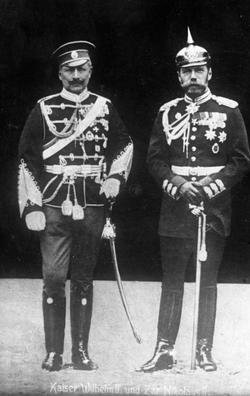
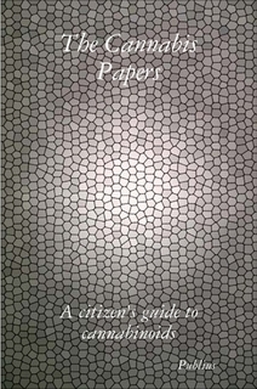
 RSS Feed
RSS Feed
